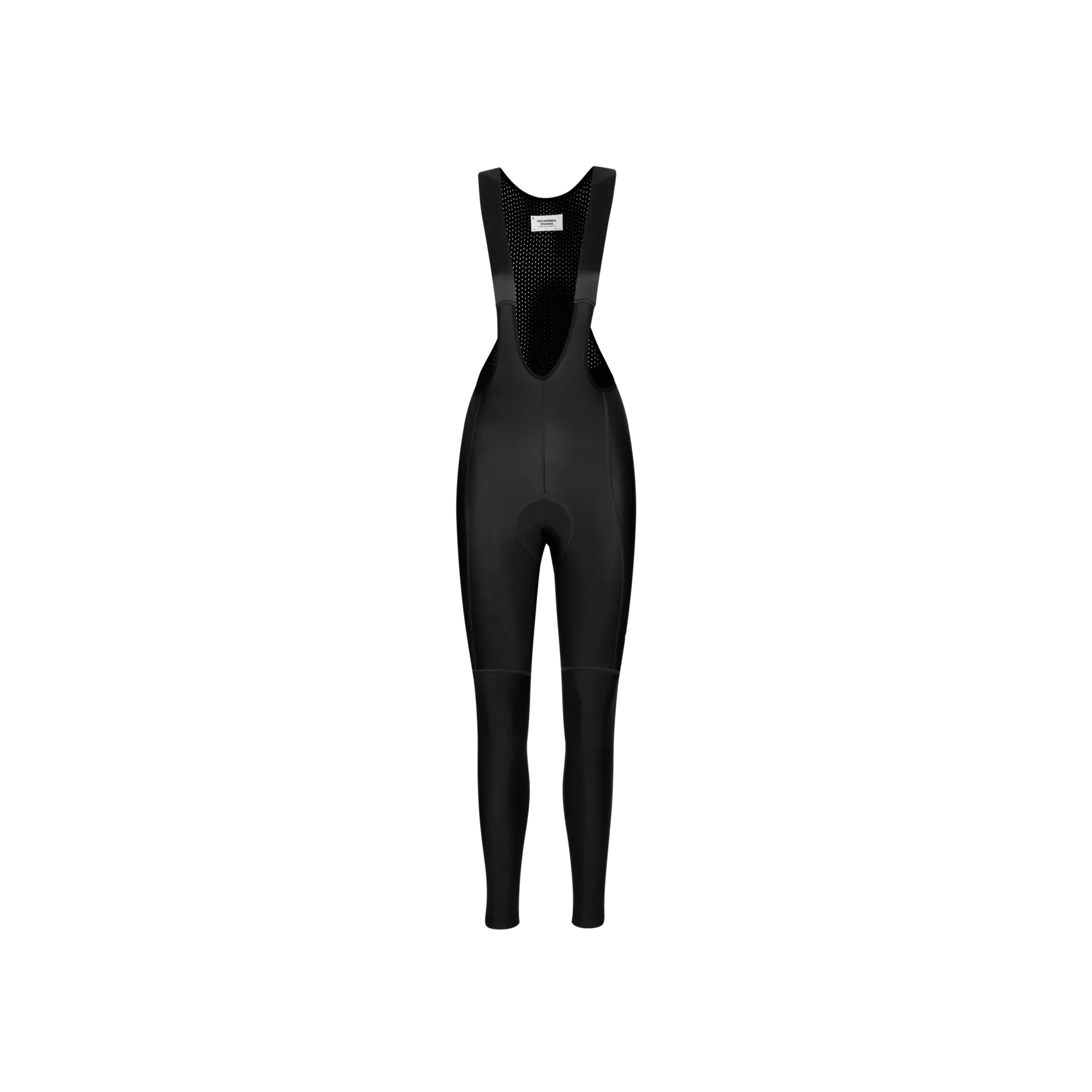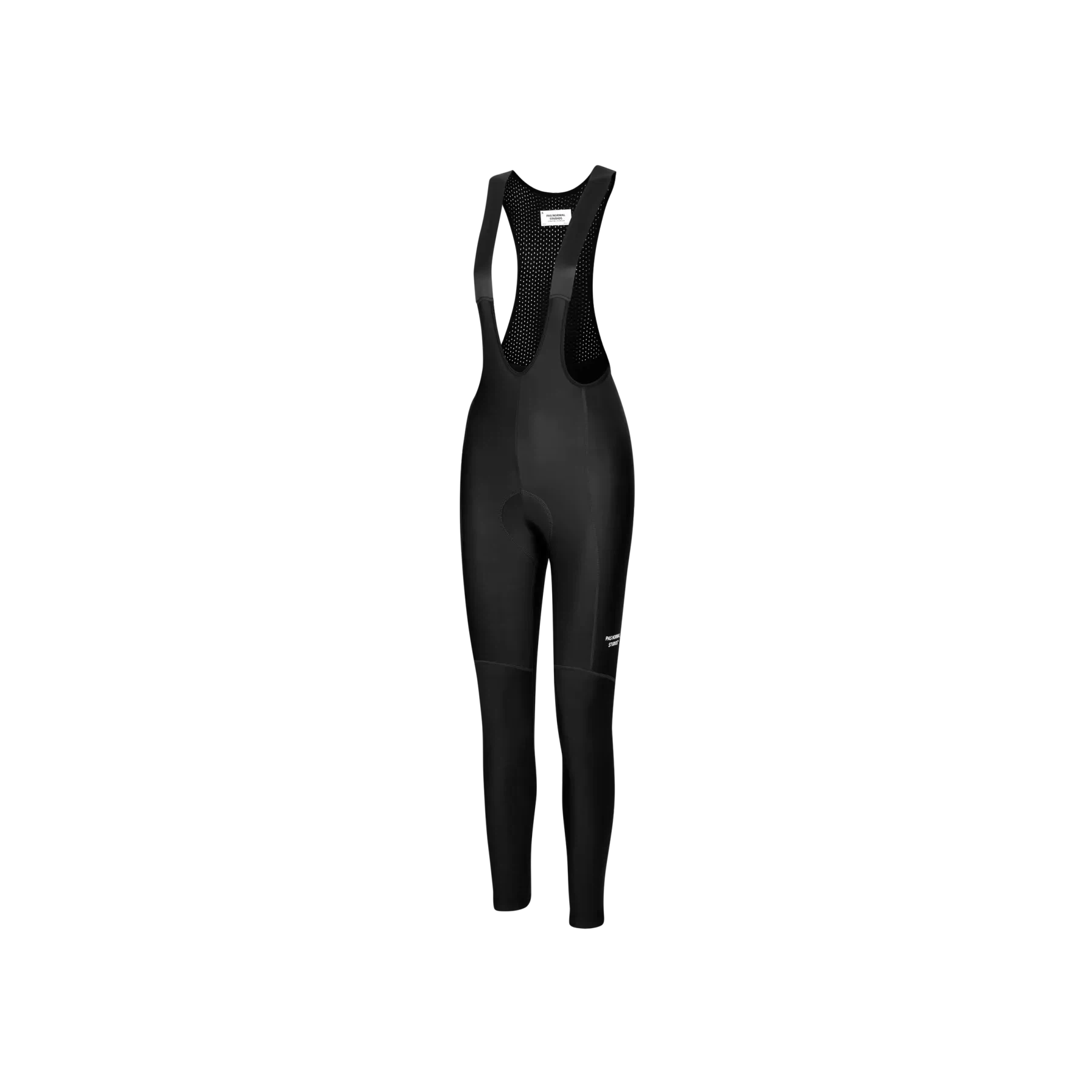Cycling trends come and go, whether it’s the debate between tubeless versus tube-type tires or electronic versus mechanical drivetrains. One trend gaining traction in road cycling isn’t exactly new—chain waxing. But is it worth the effort? In this post, we’ll dive into the benefits of waxing a chain, outline the best method for optimal results, and explain how to maintain your waxed chain for long-lasting performance.
The Grime Problem: Why Chain Waxing is Popular
As a road rider and bicycle technician, I’ve seen firsthand how quickly grime can build up on a bike after just a few rides. A traditional wet lubricant is notorious for attracting dirt, leading to constant cleaning and reapplying products to keep your drivetrain functioning smoothly. Sure, dry lubrication may gather less grime, but it still requires frequent reapplication and maintenance.
This is where chain waxing stands out. Chain waxing provides a cleaner, longer-lasting alternative to traditional lubes. It’s been widely used in off-road disciplines like mountain, gravel, and cyclocross, but it’s now making waves in road cycling—and it’s here to stay.
The Benefits of Chain Waxing
Investing in professional chain waxing can pay off over the long haul. Imagine a clean drivetrain after every ride. No more dirty white socks or greasy hands. Wax creates a protective barrier over your chain, preventing dirt and grime from sticking—not just to the chain but to other drivetrain components like the crank, cassette, and jockey pulleys.
At our shop, we recommend Silca’s chain waxing service. Silca is a trusted brand that simplifies the waxing process and offers a variety of effective chain cleaners and strippers for easy preparation.
The Chain Waxing Process: How It’s Done
Waxing a chain is a precise process that starts with a clean drivetrain. You’ll need to thoroughly strip and clean your chain before allowing all components to dry completely. Here’s how we recommend doing it:
- Clean your drivetrain until it's spotless.
- Heat the wax. Silca uses a specially designed crockpot, set to 125°C (extremely hot—so wear protective gloves and eyewear).
- Submerge the chain in the hot wax and agitate it for 30 seconds.
- Let the chain sit in the wax for 10 minutes at 125°C.
- Lower the temperature to 75°C and leave the chain for another 10 minutes.
- Hang dry the chain for 15-20 minutes.
- Once the wax cools, the chain will solidify, and each link will need to be "snapped" to break the outer wax shell. After installation and a short ride (10-25 km), the chain will shed any excess wax, leaving you with a clean, well-lubricated, and quiet ride.
Maintaining Your Waxed Chain
While waxing provides excellent protection, it doesn’t last forever. To maintain your chain:
- After 500-600 km, apply a small amount of Silca’s Secret Chain Lube, which acts as a touch-up.
- After 1000-1100 km, repeat the full waxing process.
- By 2000-2200 km, it’s usually time to replace the chain.
- This simple routine ensures your drivetrain stays clean and performs optimally over time.
Final Thoughts: Why Waxing is Worth It
Waxing your chain offers clear benefits—cleaner rides, smoother shifting, and longer-lasting lubrication compared to traditional methods. If you’re after a quiet and efficient cycling experience, chain waxing is worth considering.
For those who prefer not to do it themselves, Racer Sportif offers professional chain waxing services to keep your drivetrain running smoothly.
Happy riding,
James













Leave a comment